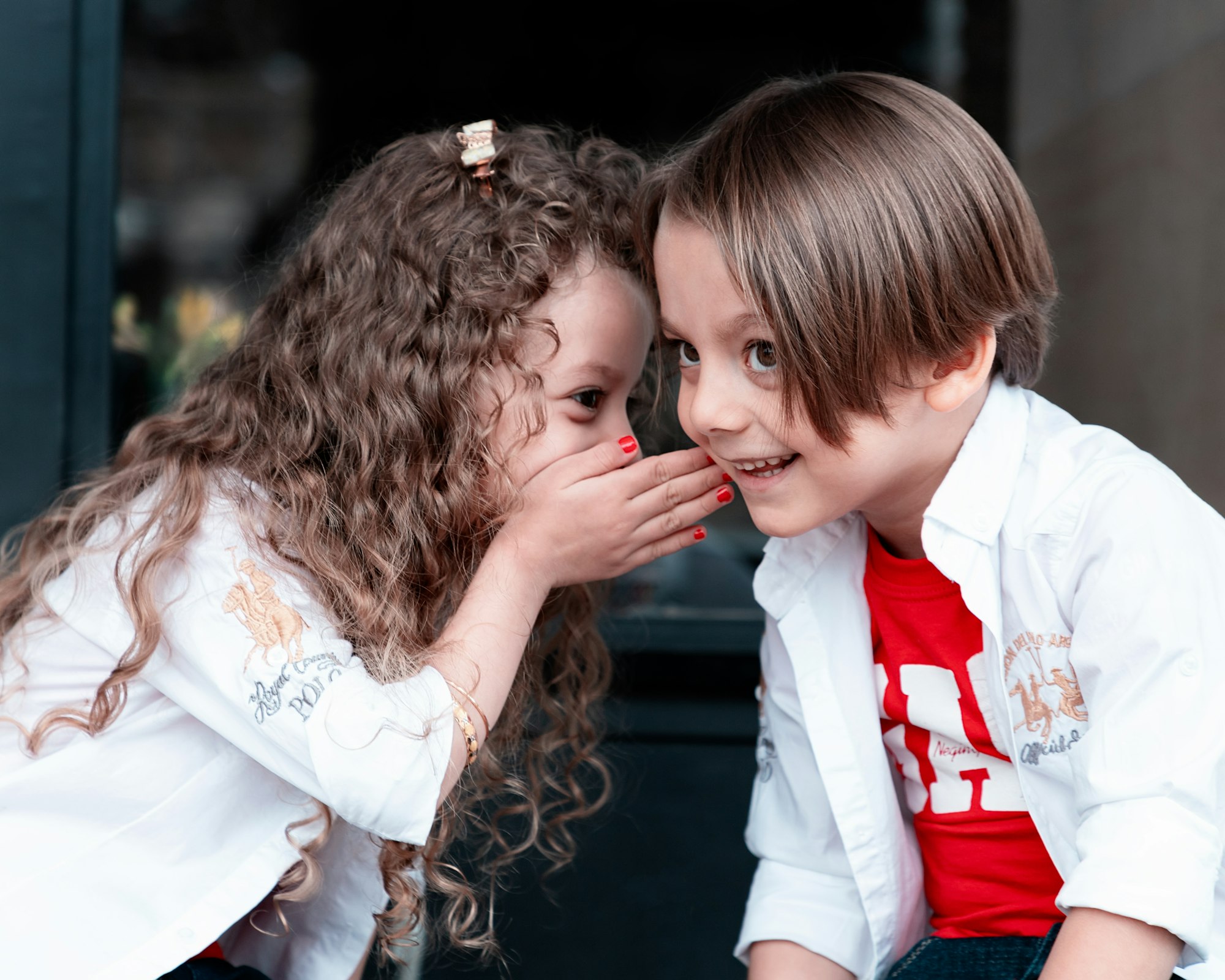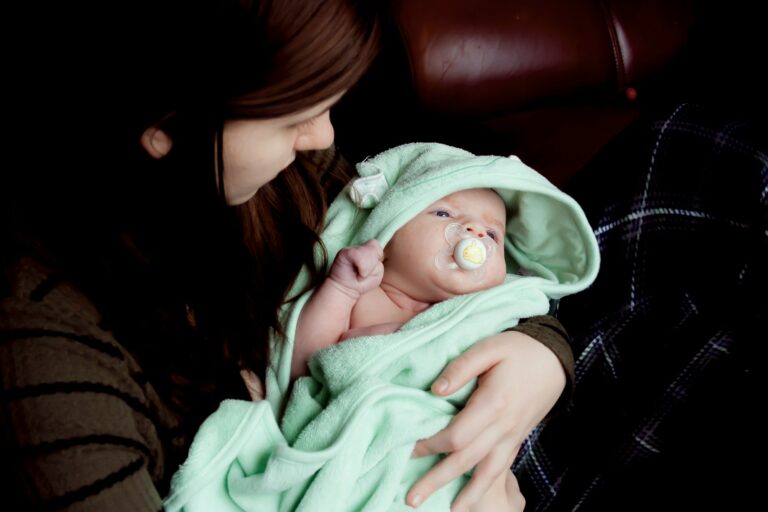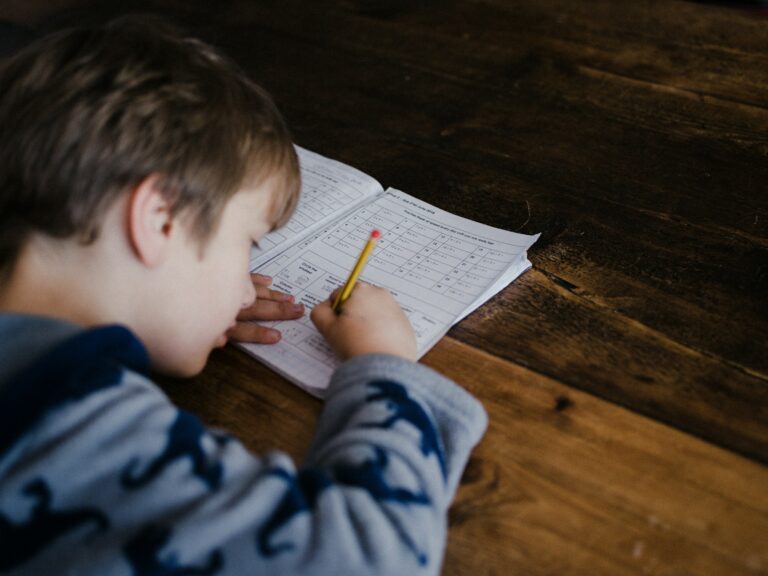Every parent wonders: Is my child on track? Should they be using more words by now? Could those moments of silence be a signal, or simply a natural pause? The journey through the child language development stages is anything but linear—bursts of rapid progress can precede quieter periods, leaving parents teetering between reassurance and worry. This guide offers an in-depth explanation of the main child language development stages, explores the underlying factors (genetic, cognitive, social), discusses practical support, and highlights when a more tailored assessment by a healthcare provider—including speech-language pathologists—may be beneficial. Strategies for daily support and early signals that may prompt further attention are covered with empathy, clarity, and clinical accuracy.
Understanding the child language development stages
Language does not emerge by magic, nor does it unfurl at the wave of a wand. It climbs, hesitates, accelerates—all underpinned by a sophisticated choreography between biology, environment, and human interaction. In the earliest days, infants communicate with a repertoire limited to cries and reflexes, yet this primitive toolkit forms a foundation for everything that follows. By observing each child language development stage—from cooing to conversation—families can spot not only milestones, but subtle cues about their child’s health and well-being.
Biological and environmental foundations
Genetic inheritance acts as the silent architect, mapping out the broad plan for language progress. Brain maturation, a process tightly synchronized with developmental milestones, ensures that neural circuits dedicated to speech and comprehension fire efficiently. Yet, environmental stimulus—especially the tapestry of sounds, words, and facial expressions—serves as the training ground for these neural connections. Quality of interaction outweighs quantity: eye contact, repetition, and playful exchanges matter deeply.
Prelinguistic stage (birth to 12 months): the orchestra of early communication
The newborn’s first cries blaze a path into the world of communication: hunger, discomfort, fatigue—all encoded in subtle variations of pitch, duration, and intensity. Caregivers, often guided by instinct rather than instruction, quickly become adept at interpreting these signals. Medical research confirms this is more than guesswork; infants and adults co-construct meaning through prosody (the rhythm, stress, and intonation of speech) and joint attention—gazing at the same object, sharing emotional resonance.
As weeks pass, vocal experimentation starts. Babbling provides the practice needed for mastering more complex speech patterns. When a baby strings together repetitive syllables—classic examples are “dadada” and “bababa”—these are not random sounds but motor rehearsals.
Around 9 months, gestures enter: lifting arms to be picked up, pointing, or waving. Scientists note that these physical cues are critical indicators of emerging symbolic communication (using gestures or objects to represent ideas). Responding to a name or following a parent’s gaze? These are the neural beginnings of word association and social interaction.
Holophrastic (single-word) stage (12–18 months): meaning in a single breath
The first spoken words—often painstakingly awaited, sometimes delivered unexpectedly—carry dramatic weight for development. A single uttered “milk” might mean “I want milk,” “More milk,” or “Where is the milk?” Experts call these single-word sentences holophrases. This stage reveals the child’s burgeoning ability to assign symbols (words) to desires, people, and actions.
Here’s an important nuance: the number of words a child understands (receptive vocabulary) usually far outpaces what they speak (expressive vocabulary). Following basic requests, like “come here” or “clap hands,” serves as a reassuring indicator of receptive language. At the same time, gestures such as pointing or pulling a caregiver’s hand remain vital, especially if the child encounters difficulty articulating sounds.
Two-word stage (18–24 months): building blocks of conversation
With shocking speed, language shifts from one-word pronouncements to simple, potent word combinations: “want juice,” “mama go,” “doggy sleep.” This combination of words is a sign of syntactic progress—the child is learning not just to name the world, but to relate objects and actions. The vocabulary is expanding—a rush of verbs, nouns, and the first pronouns (“me,” “mine,” “you”) make their debut.
Speech becomes more intentional and context-driven. Often, only those closest to the child can fully interpret meaning, but the building blocks for later, more complex dialogue are unmistakable. Those first two-word sentences may be basic, yet they signal immense neurodevelopmental change.
Telegraphic stage (24–30 months): the age of efficiency
At this juncture, speech takes on a telegram-like quality—short, stripped-down sentences minus the grammatical frills. “Daddy work car,” “Want cookie more.” Although articles and auxiliary verbs are often dropped, this telegraphic speech demonstrates further mastery over syntax: plural forms, possessives, and verb endings begin to appear, albeit imperfectly.
Children also experiment with sequencing ideas, creating simple stories (“Doggy run, fall, cry”). Growing evidence suggests this phase is key for narrative skill-building and understanding temporal order. Pediatricians highlight the importance of these early attempts, however fragmented—confidence and practice matter more than grammatical precision.
Early multi-word stage (30+ months): expanding horizons
Suddenly, the tapestry of language is richer, sentences longer, and grammar more intricate. Children begin to link three or four ideas (“I want to go park,” “Daddy is cooking dinner now”). Plurals, tenses, and prepositions find their way in, however tentatively. Self-awareness emerges: “I did it,” “I am happy.” These tokens of identity signal not only language progress, but cognitive growth.
This stage brings the first understanding of abstract concepts: opposites, cause and effect, and even rudimentary time distinctions. Terminology like subject-verb agreement and verb conjugation shift from theory to reality in a child’s speech, sometimes with errors that are as educational as they are endearing—the famous “goed” for “went.”
Later multi-word stage (3–4 years): weaving complex stories
A child between three and four years may astonish adults by recounting stories with unexpected logic, emotion, and even subtle shifts in tone or emphasis. Sentences stretch, connect with “and,” “because,” “but.” The ability to answer “why” and “how” questions is taking root. Narrative skills flourish, intertwined with greater command over grammar.
Medical studies have linked progress at this stage to both cognitive abilities (such as memory and symbolic reasoning) and environmental factors (exposure to storytelling, frequent turn-taking conversations). Children begin to grasp concepts of past, present, and future—a leap that underpins later academic achievement.
Mature stage of language development (5+ years): mastery and flexibility
From age five, most children showcase advanced linguistic flexibility. Complex sentences, accurate tenses, and near-flawless pronunciation become the norm—though differences in vocabulary and style are influenced by cultural context, home practices, and the richness of educational opportunities.
Vocabulary growth explodes, supporting not only academic success but also intricate social negotiation (“What if we pretend this is a hospital?”). Adaptability emerges: the child learns to modulate language according to context—speaking differently with adults than with peers, using polite forms, asking follow-up questions. This is the culmination of the main child language development stages, yet new subtleties and expressive possibilities continue to develop well into adolescence, shaped by reading, exploration, and social experience.
Factors shaping the child language development stages
Individual pace and uniqueness
While the sequence of child language development stages is broadly predictable, the pace varies considerably. Genetics, neural development, and temperament are key factors. Children exposed to multiple languages may show a slightly altered timetable without negative impact—on the contrary, research signals enhanced cognitive flexibility over time.
The pivotal role of interaction and input quality
Caregiver interaction—especially practices such as reading aloud, asking questions, and giving space for answers—serves as potent fuel for progress. The quantity of words heard matters, but the quality—the emotional warmth, variety, and responsiveness—is even more impactful. Pediatric recommendations consistently advocate minimizing passive screen time in favor of active, reciprocal dialogue.
Play and storytelling are not “just for fun”—they are essential laboratories for practicing new words, experimenting with social roles, and rehearsing conversation strategies.
Progress in grammar and syntax: a stepwise ascent
Children do not leap from babble to poetry overnight. Grammatical progress is made in stages: first plurals, then possessives, followed by mastery of tense and prepositions, and finally, the ability to join complex clauses. Occasional mistakes (“foots” for “feet,” “runned” for “ran”) are not red flags but evidence of learning—what linguists call overgeneralization. Repetition, exposure, and gentle correction help children refine their internal “rules.”
Memory, reasoning, and the ability to categorize experiences play outsized roles at this point—another reason why reading and interactive games hold medical and developmental value far beyond entertainment.
Warning signs and when to seek professional advice
Every child is unique, so “late talkers” do not always signal concern. However, certain signs—identified by clinical standards—should prompt a closer look:
- Absence of babbling or gestural communication at 12 months
- No first spoken words by 18 months
- Difficulty combining words into phrases by 2 years
- Marked differences from age peers in clarity or understanding
- Struggles with both sound production and comprehension
Speech difficulties (issues producing correct sounds) differ from language disorders (trouble using or understanding words and grammar). Early intervention by a pediatrician or speech-language pathologist—potentially including a hearing check or tailored therapy—can dramatically improve outcomes, especially if multiple milestones are missed.
Supporting language growth at every child language development stage
Everyday strategies for parents
Meaningful, face-to-face interaction is a low-tech superpower. Narrate daily routines, sing lullabies, and respond warmly to your child’s attempts—however limited—to communicate. Reading aloud is both bonding and brain-building; open-ended questions encourage children to stretch their thinking and vocabulary. Repetition (without becoming monotonous), correction by modeling (“Yes, you ‘went’ to the park!”), and encouraging playful storytelling light up the foundation for more sophisticated language.
Multilingual families, take heart—continued, natural exposure to multiple languages has no documented harm and offers cognitive and social benefits.
Building a language-rich home environment
Turn ordinary moments—mealtime, walks, routines—into language adventures. Encourage conversation by limiting background noise and screens. Celebrate creative expressions, no matter how imperfect. Extended family, peers, and teachers can all amplify progress by offering new words and opportunities for communication.
For families seeking added support, digital resources can supplement in-person interaction. Expert-designed apps and online activities—when used intentionally—offer structured pathways to exposure, new words, and early detection tools.
Key takeaways
- The child language development stages represent a fascinating, multi-faceted journey—from cries and gestures to storytelling and nuanced conversation.
- Genetics, neurological growth, caregiver interaction, and cultural context all play a decisive part in each stage’s timetable and character.
- A blend of scientific observation and everyday intuition allows parents to identify typical patterns as well as signals that extra help may be useful.
- Conversations, reading, and playful exchanges rank among the most powerful supports—outweighing expensive toys and apps.
- Early identification of concerns, with support from qualified professionals, maximizes the potential for healthy development.
- Parents and caregivers have access to resources—both digital and community-based—able to guide their responses, enrich daily interaction, and alleviate uncertainty.
- For ongoing guidance, tailored health questionnaires, and medically-informed advice, download the Heloa app—a tool that supports you at every step of your child’s language journey.
Questions Parents Ask
How can I help my bilingual child develop language skills in both languages?
Growing up in a bilingual environment is a wonderful advantage for children and does not create confusion. The key is to offer regular exposure to both languages in daily life—through songs, stories, conversation, and play. Each child’s pace may differ, and temporary mixing of languages (called code-switching) is completely normal. If you’re worried about delays, reassure yourself: bilingual children may take a bit longer to reach certain milestones initially, but this is not harmful. What matters most is positive, consistent interaction and an encouraging atmosphere, regardless of the language.
What are some typical challenges children face during language development?
It’s common for children to face small hurdles as they learn to communicate, such as difficulty pronouncing certain sounds or confusing similar-sounding words. These “slips” are part of the natural process and usually resolve with growth and exposure. Some children might repeat words or parts of words, especially when they’re excited or trying to express complex ideas. This is often temporary and part of the journey. If you notice your child becoming frustrated or avoiding speaking, gentle patience and encouragement make a big difference. Remember, each child develops at their own rhythm.
Is it normal for children to regress in their language abilities?
It can happen that a child temporarily uses fewer words or seems less talkative, especially during times of stress, big changes, or illness. This kind of regression is generally short-lived. Children may also focus their energy on mastering other new skills—such as walking or toilet training—which can lead to a temporary slowdown in speech progress. In most cases, language skills begin to move forward again naturally once things settle. If regression persists or is accompanied by a loss of social engagement, it’s a good idea to talk with a healthcare professional. Rassurez-vous: occasional setbacks are a normal part of growing up.
Further reading:









